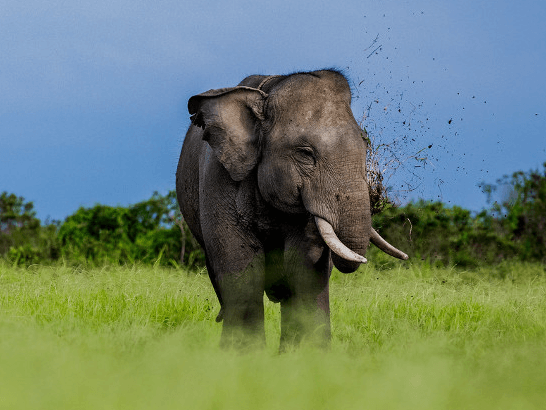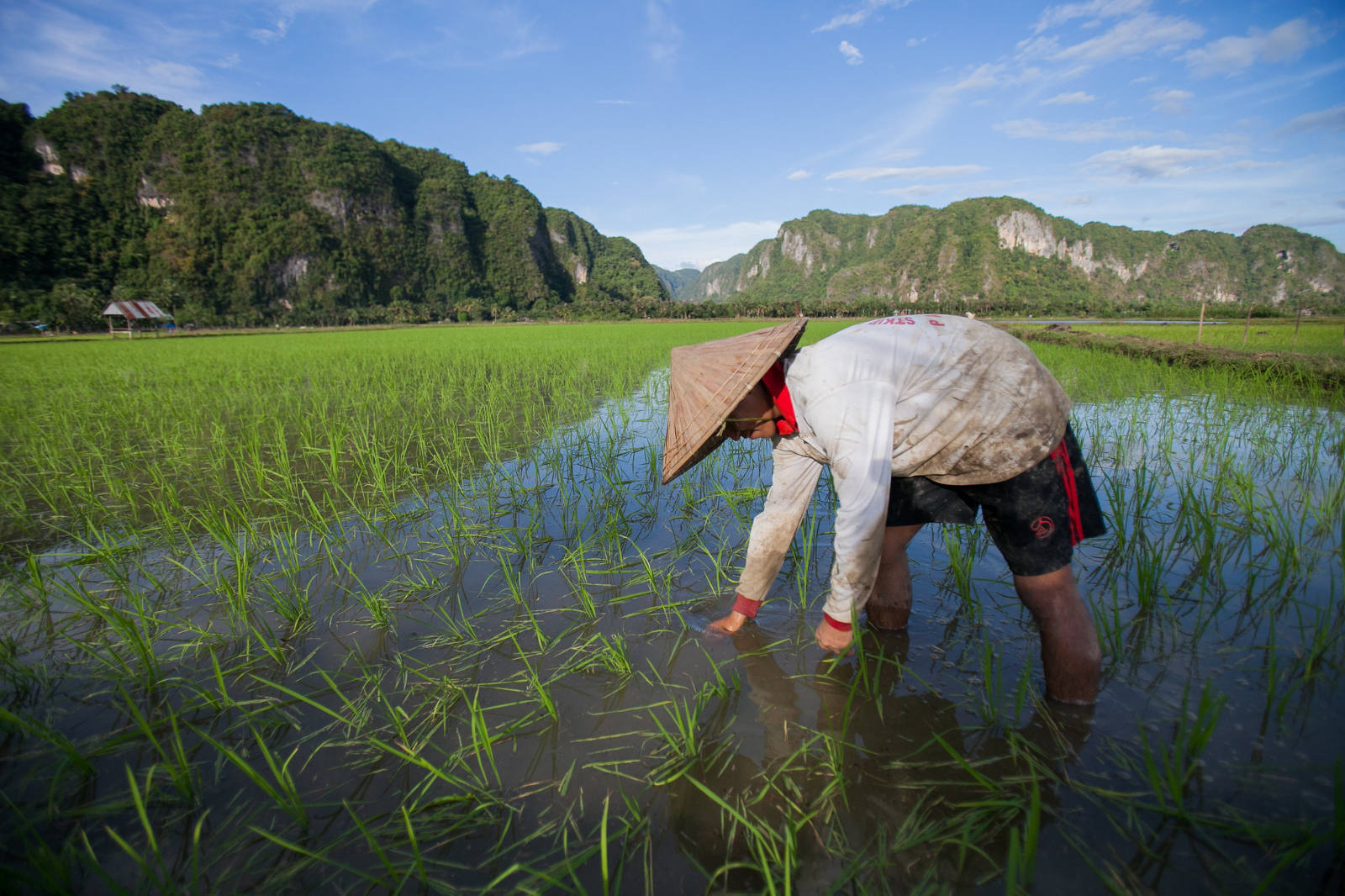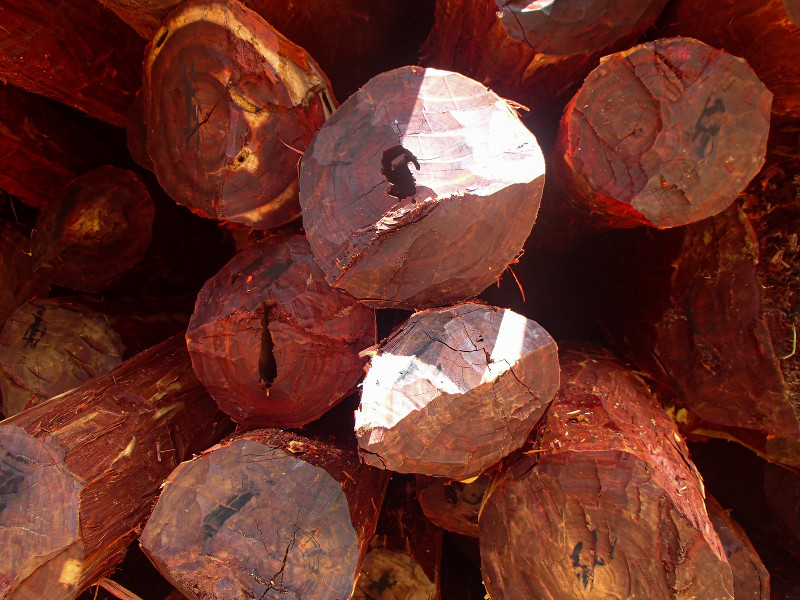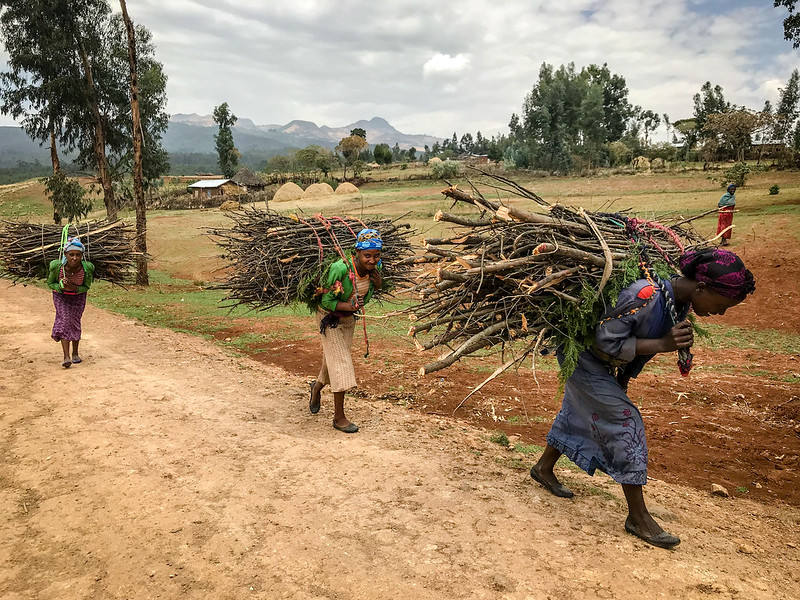Uapaca kirkiana (Muell. Arg.), a highly valued indigenous fruit species, is being domesticated to increase its utilization in southern Africa. Vendors, who were also the fruit gatherers, that were selling U. kirkiana fruits at roadside markets in Dedza, Malawi, were interviewed on four occasions during the marketing season (October 2003–January 2004) and fruit samples were concurrently sampled from each vendor. Information was obtained on when and how the fruits had been harvested and handled. Timing of fruit harvest was based on experience, aided by indicators such as occurrence of first heavy rains, natural abscission, size and color changes. Harvesting by knocking down unripe fruits from trees was practiced throughout theseason, but naturally abscised fruits were also gathered in December and January. Fruits harvested when mature but unripe required incubation in soil, plain and woven plastic bags or clay-pots. The incubation method changed and the duration of incubation decreased between October (3–4 days) and January (2 days). Fruit samples were evaluated for damage, color and soluble solids concentration (SSC). Fruit SSC and color lightness/brightness (L*) increased from 10.1 to 16.4% (P
DOI:
https://doi.org/10.1007/s10457-006-9004-y
Dimensions Citation Count:























